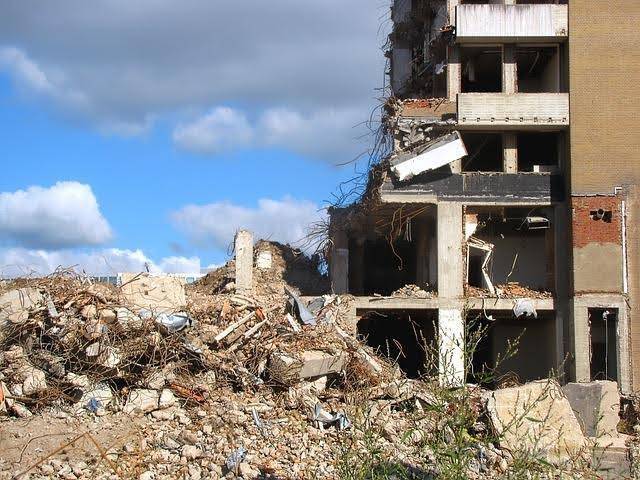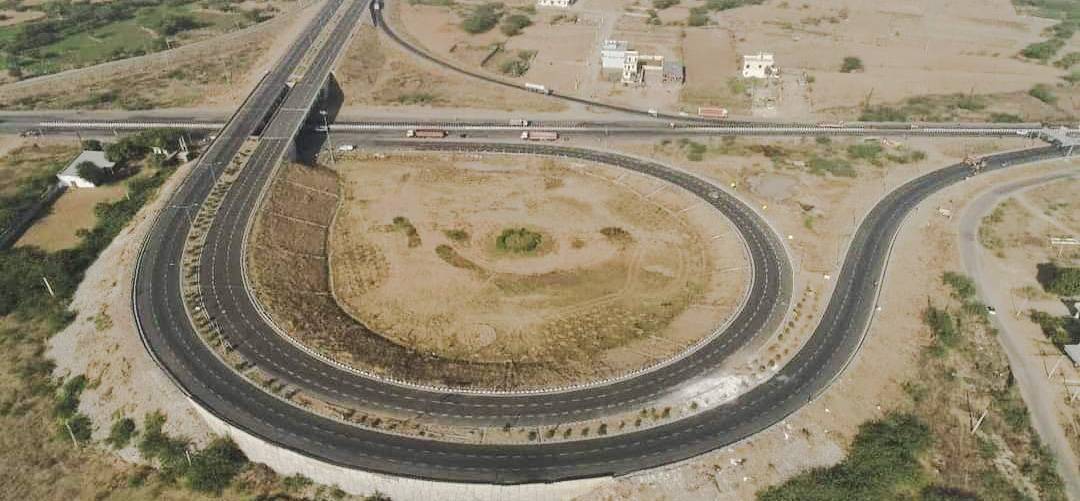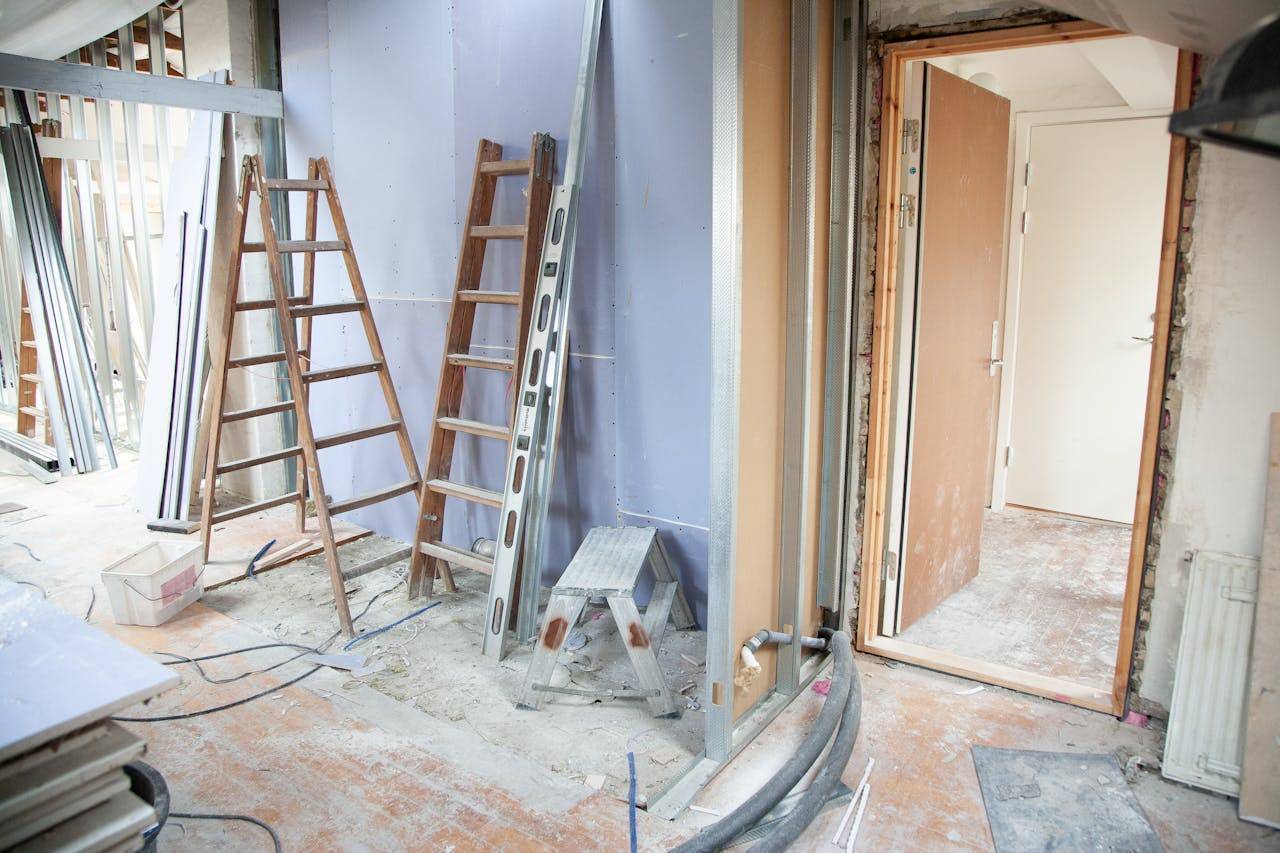The Ulhasnagar Municipal Corporation (UMC) has recently taken a significant step by ordering the demolition of a 16-storey under-construction building deemed illegal in Ulhasnagar, Maharashtra. This decision has sparked concern among property buyers who have already invested in the flats within the building. The structure, comprising 65 flats and four shops, was found to have been erected on land earmarked for Development Plan (DP) roads, making it in violation of the city’s planning regulations.
Background of the Issue
Ulhasnagar, a city in the Thane district, has witnessed rapid urbanization, leading to a surge in real estate developments. However, this boom has also brought about challenges, particularly regarding unauthorized constructions. The building in question was found to be in violation of UMC's planning guidelines, as it encroached on two DP roads— a 120-foot road on the front side and an 80-foot road on the other. The city's Development Plan (DP) is a crucial document that outlines the designated use of land for public amenities, roads, and other infrastructure, ensuring organized urban growth.
Despite the clear demarcations in the DP, the builder, Naresh Wadhwani of Jhalak Construction Company, and his architect failed to disclose the presence of these roads while seeking construction permits. This omission has led to the entire structure being deemed illegal, with the civic body issuing a demolition order. The situation highlights the negligence of the former town planner who approved the building plans without verifying the plot's adherence to the DP.
Implications for Buyers and the Real Estate Market
The UMC's demolition order has sent shockwaves through the local real estate market, particularly among the buyers who had already purchased flats in the building. These buyers, now facing the prospect of losing their investments, are caught in a difficult position. The situation underscores the importance of due diligence when purchasing property, especially in areas prone to unauthorized developments.
The case also raises concerns about the transparency and accountability of the municipal authorities and real estate developers. The negligence on the part of the former town planner and the builder’s failure to comply with regulations have resulted in severe consequences for the buyers. This incident may lead to increased scrutiny of ongoing and future projects in the region, potentially slowing down the real estate market as both buyers and developers become more cautious.
Legal and Civic Action
In response to the situation, UMC has directed the developer to demolish the illegal portion of the building. However, given that more than 50% of the structure stands on the DP roads, it is likely that the entire building will have to be razed. The civic body has warned that if the developer fails to carry out the demolition, UMC will take action and recover the demolition costs from the builder.
This case is not an isolated incident. A similar situation arose recently in Kalyan, where a 10-storey building constructed on a reserved garden plot faced demolition. These cases reflect a broader issue of illegal constructions across the region, where developers, often in collusion with officials, bypass regulations to maximize profits.
The UMC’s strict stance on this matter sends a strong message to developers about the consequences of flouting planning regulations. It also highlights the need for stronger regulatory oversight and more stringent enforcement of urban planning laws to prevent such issues from arising in the future.
The Way Forward
This situation serves as a wake-up call for all stakeholders in the real estate industry, including buyers, developers, and municipal authorities. For buyers, it underscores the importance of thorough research and verification before investing in property. Ensuring that a property is free from legal disputes and complies with all relevant regulations is crucial to avoiding such situations.
For developers, this incident highlights the need for greater transparency and adherence to legal and planning norms. The pursuit of profit should not come at the expense of violating regulations, as the long-term repercussions can be severe, including legal action, financial losses, and damage to reputation.
Municipal authorities, on the other hand, must strengthen their oversight mechanisms to prevent illegal constructions. This includes stricter checks during the approval process, regular monitoring of ongoing projects, and swift action against violations. Additionally, there should be accountability for officials who are found negligent in their duties, as their actions can have far-reaching consequences for the community.









.png)